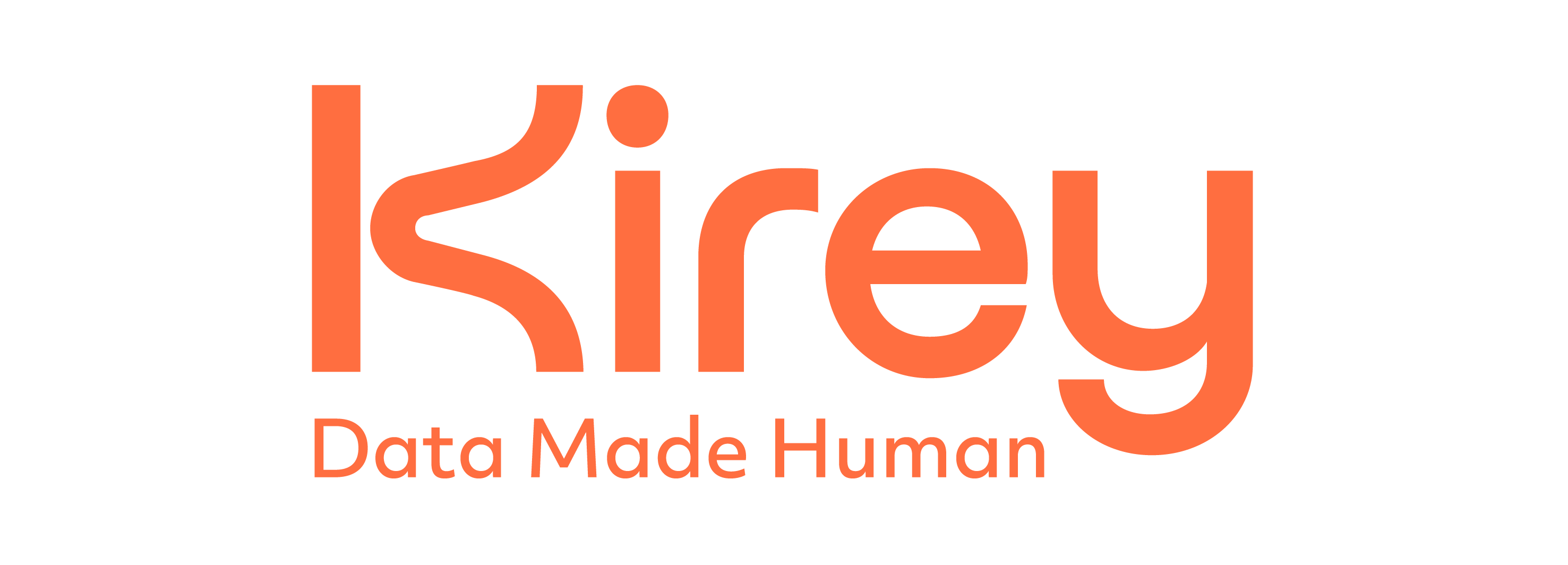How digital transformation in banking is revolutionizing internal processes, moving beyond user experience
By Elena Fasolo, Business Line Manager Digital Banking, and Giorgio Gavioli, Digital Transformation Executive
There are about 47.7 million current account holders in Italy (source: Banca d’Italia), more than half of whom have relationships with a single credit institution (66 percent). Banks are part of our everyday life and how we interact with them is being strongly redefined. Today banking customers ask for ubiquitous and digital access, intuitive and user-friendly interfaces, performance and speed, streamlined and fluid processes and minimal bureaucracy. Their demands are increasingly clear and can be summed up in one word: agility.
Exactly from this prerogative comes the concept of Agile Banking, which is the assimilation of a new approach that enables banks to deal with user experience in banking issues by breaking them down to the micro level and leverage every change prepared for incremental, improving growth.
The concept has an IT derivation, a world that has made its transparent and data-driven modus operandi, geared toward continuous testing and learning, one of the basic elements of business success. But what does being agile entail for a bank? How far should digitization penetrate? And how much does this process depend on internal or external factors?
User experience in banking, the tip of the iceberg
In the wake of digital transformation, both consumer and business customers are now looking for simple and efficient interfaces in banks, similar to those of Amazon, Google, or Netflix. Yet the user experience can only be considered a small part of a true agile revolution. The front end can be a start, but agility means the implementation of new technologies and platforms, and even more a gradual digital banking transformation, imprinted on the front end of the organization, processes, methodologies, and infrastructure, enabling the creation of a range of services quickly, with a tight time to market.
The cultural factor: the importance of an integral approach
Technology, consequently, is not enough: action must also be taken on the organization structure and the way projects are managed, combining front-end and internal processes.
In this perspective, the weight of the human-managerial factor is decisive: one must have the courage to change, rethink organizational paradigms, and empower multidisciplinary teams that provide end-to-end solutions to business challenges. And because of this, openness to organizational change is critical to the success of digital transformation in banking.
Agility requires a team with that vision, strategy, and implementation mode, capable of following customers and transforming internally as quickly as well.
But that is not all. Addressing such a radical revolution also requires knowing how to choose the right IT partners.
In search of "composable" IT partners
IT vendors and system integrators bidding to support banks' digital transformation process must themselves espouse an agile model, demonstrating that they can offer solutions that can be combined. This transformation involves different areas:
- technology, introducing platforms that enable modular and reusable implementation of digital business services and capture the largest segment of the market in the shortest time frame, as in the case of Flutter, an SDK recently launched by Google that enables developers to create applications for iOS, Android, Huawei, Web, and Desktop using a single code base;
- product portfolio, which is to be offered with a highly personalized, configurable service that allows via app to finalize the purchase of heterogeneous financial products, such as, insurance policies, but also more innovative services such as a tailored offering to small-medium enterprises of banking operation portals, enriched with new features such as the measurement of ESG criteria and the production of dedicated reports;
- processes, implementing strong banking automation to optimize and streamline activities that are still manual today.
Different scopes of action, moreover, necessarily imply different qualities and skills. For this reason, different partners, by their distinctive skills, will be able to act on multiple areas, but always responding to a logic of organizational agility that must act as a trigger to reverse agile transformation externally as well.
The unfailing guide: strategy
Last, but certainly no less important than the others, must be the presence of a clear strategic vision of agile digital transformation, divided over several time horizons, from the five-year plan to the annual operational front.
All this, looking at a "never-ending" path where the ability to build new organizational and process models must coexist with changing market needs.
The pandemic period, for example, has meant the imposition of a completely different approach for banks, such as remote offering, where the institution provides all documents to the customer by digital signature, devolving their management to the relationship manager.
Sometimes it is unforeseen and uncontrollable phenomena like these that provide the impetus for innovation; therefore, being agile to adapt to change is increasingly becoming the key to staying competitive in the marketplace.
